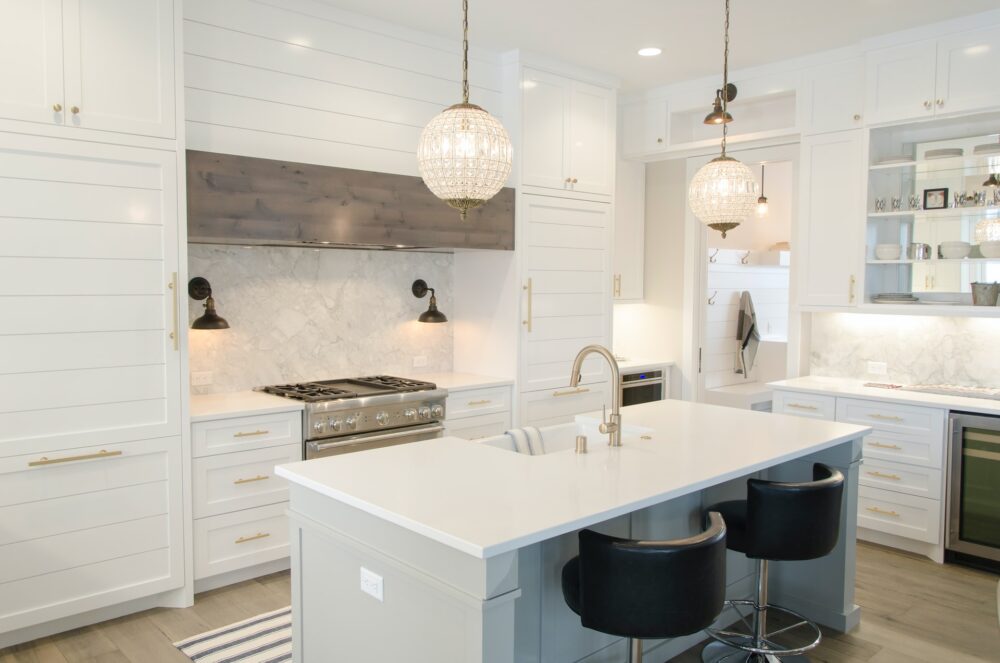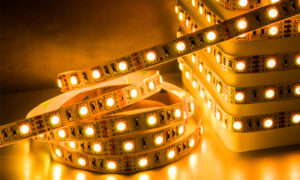Good lighting is essential to your home. It enables you to see clearly during the night and improves its ambiance. With the best lighting options, you can make your home appear more attractive.
There are many lighting sources in the market. There are the traditional incandescent bulbs and CFLs. However, they consume more energy, heat, and have a low lifespan. Let’s check out how to improve your home’s lighting arrangement.
How to choose a lighting source?
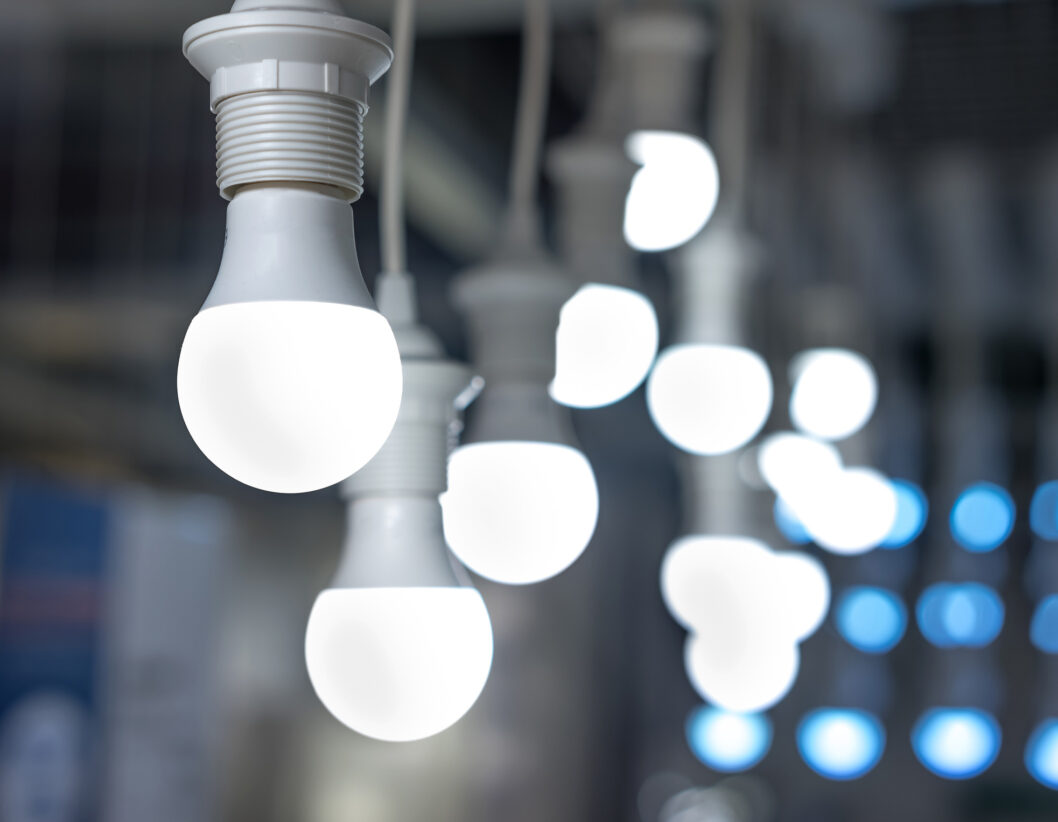
Source: cedarcreekenergy.com
Choosing a lighting source is important before installing your home’s lighting system. It needs to compensate for your home’s design. More importantly, it has to give the perfect light for the needed vibe.
-
Omnidirectional lighting source
An omnidirectional lighting source means that light is distributed in all directions. These lights are perfect in wall sconces, shaded lamps, and porches.
-
Directional lighting source
With directional lighting sources, this is where accent lighting is used. Here, you need a specific angle for your light. As the name dictates, you will need to focus your light on something. For instance, to highlight artwork, door entrance, or your pavement.
-
Dimming effects
Dimming gives you the option to adjust the brightness of your lighting source. Not only that you’re able to control the illumination, but you can also save more energy. Dimmer light consumes less energy, thus, saving more consumption.
-
Lifespan
You must use a lighting source that has a longer lifespan. This will save you the hustle of always changing your lighting source. Besides, it saves you time and effort for maintenance.
LED lights and home use
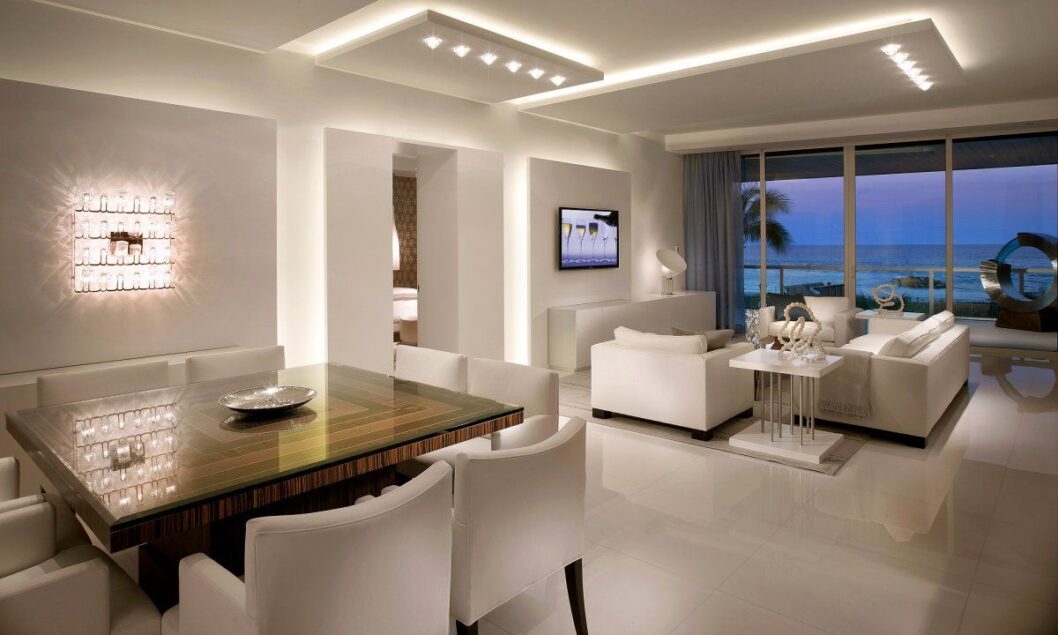
Source: savonitti.net
Light Emitting Diode (LED) light is a type of lighting source that’s 90% better than incandescent bulbs. LEDs are a very tiny lighting source that produces visible light once an electrical current passes through.
What makes LED lights better?
LEDs are very efficient. Aside from its low cost, it produces less heat and has a high illumination capacity. It uses less energy but produces the same visible light as other lighting sources.
It consumes 85% less than incandescent bulbs and 18% less when it comes to CFLs. Thus, saving more energy.
Where to use LED lights?
LED lights are good for industrial use. The directional and high-efficiency features of LED lights make them ideal for your home. You can use it to light your pavement, door, parking garage, desk lamps, and many more.
Are they bad for your eyes?
Since LED lights emit high-intensity light, here comes the question of whether they are bad for your eyes or not. You don’t have to worry about anything. LED lights are the same blue light that we can see on computers, smartphones, and tablets. So, it’s safe to use.
Types of LED lights
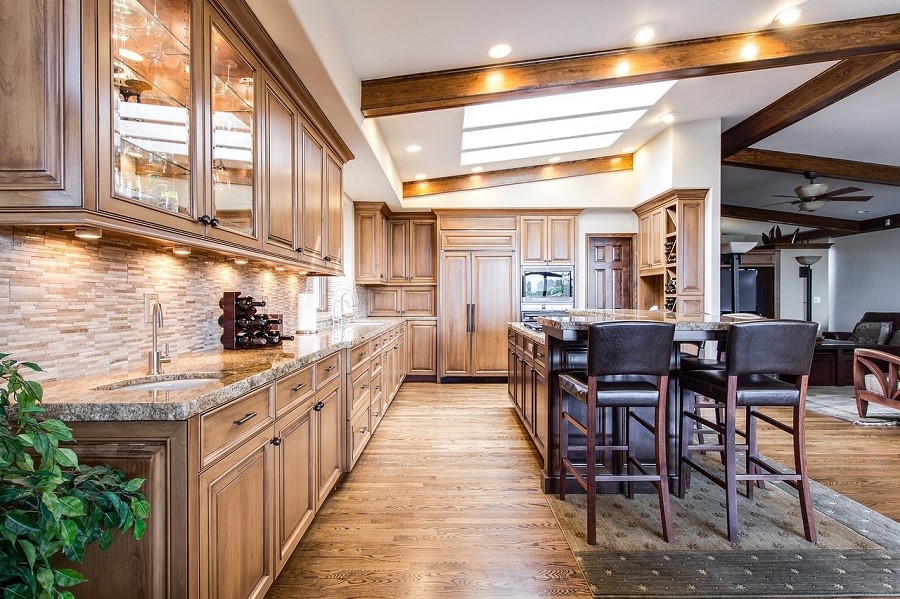
Source: stereotypes.biz
-
Color LED
The color LED has three classifications. These are the daylight LED, warm white LED, and cool white LED. All of these classifications are attractive to look at.
In-home use, warm white is produced using a halogen bulb. If you want to bring out the real color of things, you can use the daylight LED. The stark white and hint blue highlights natural colors.
-
Dimmer switches
Conventional lighting sources like incandescent bulbs can be used with dimmer switches. However, they are less efficient compared to LEDs. LEDs can be used even with little energy at full capacity. That means, despite the low illumination it gives, its efficiency remains the same.
-
LED tubes
LED tubes are made to replace fluorescent tubes. The miniature LEDs are arranged in a tubular design to produce the same illumination as a conventional fluorescent tube. But, with higher intensity and lower energy consumption.
-
SMD LED
SMD chips are used to produce additional brightness. This is surface-mounted LED lighting that’s perfect for household and office lighting.
-
COB LED
The chip-on-board (COB) LED is an improved variation of the SMD LED. It offers a much stronger light and has a controller that allows the user to adjust the light beam.
-
Graphene LED
Graphene LEDs offer the best illumination but much lesser energy consumption than its older variations. A decrease of about 10% in bills is evident.
-
LED strip lights
LED strip lights are flexible LED strips that can be cut or connected into various lengths. You can either choose a waterproof or a non-waterproof variation. Some LED strip lights have adhesive backings. This makes it easier to install.
Installation
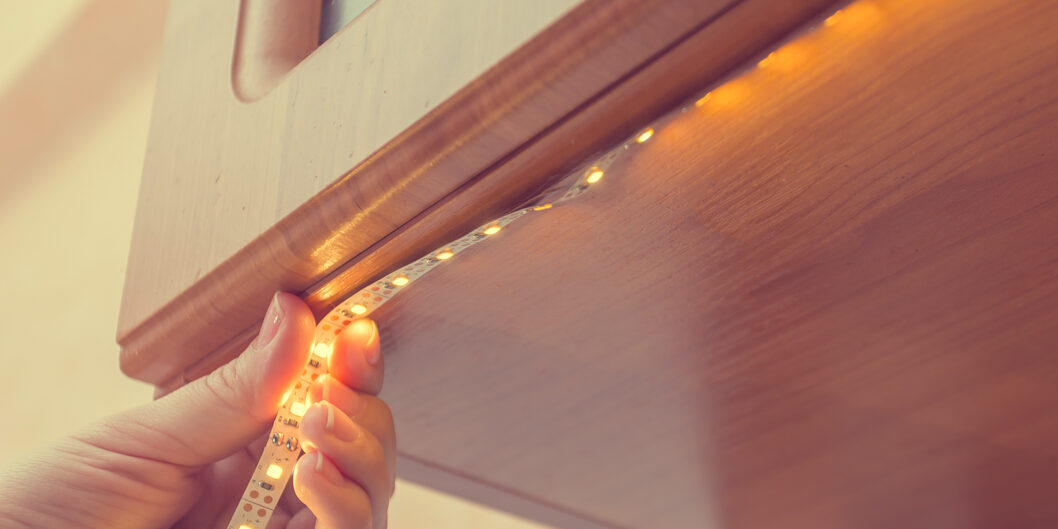
Source: today.com
You don’t need that much when installing LED lights. Check on some DIY tips on how to install LED lights.
Planning is important when it comes to installation. With the right plan, you won’t have any problem in terms of implementation. Make your choice and pick your selected LED lights. Choose the brightest LED on the market. Click here for more information.
Check on ELSTAR’s website at elstarled.com and pick your choice. They have some of the best high-quality LED lights at a very affordable price.
If you want to add more style, try looking for fixtures online. Ship them using a trusted courier service. Try out Amazon’s FBA Freight Forwarder and avail the best freight services.
Once the materials are okay, proceed with the installation process. Now you can enjoy your home’s well-lit design. You can now enjoy the best illumination with little energy consumption.
Proper illumination is needed to give life to your home. Using the right lighting source, you can maximize the details of your house. It enhances the ambiance and gives a chilling vibe.
If you’re planning to host a gathering in your home, proper lighting can make a difference. It gives a positive feeling to your visitors and makes them feel relaxed. Your conversation will be worthwhile.
Just don’t forget to tell your visitors to wear face masks and bring hand sanitizer. This way, we can minimize the spread of infection. Keep yourself and others protected at all times.


